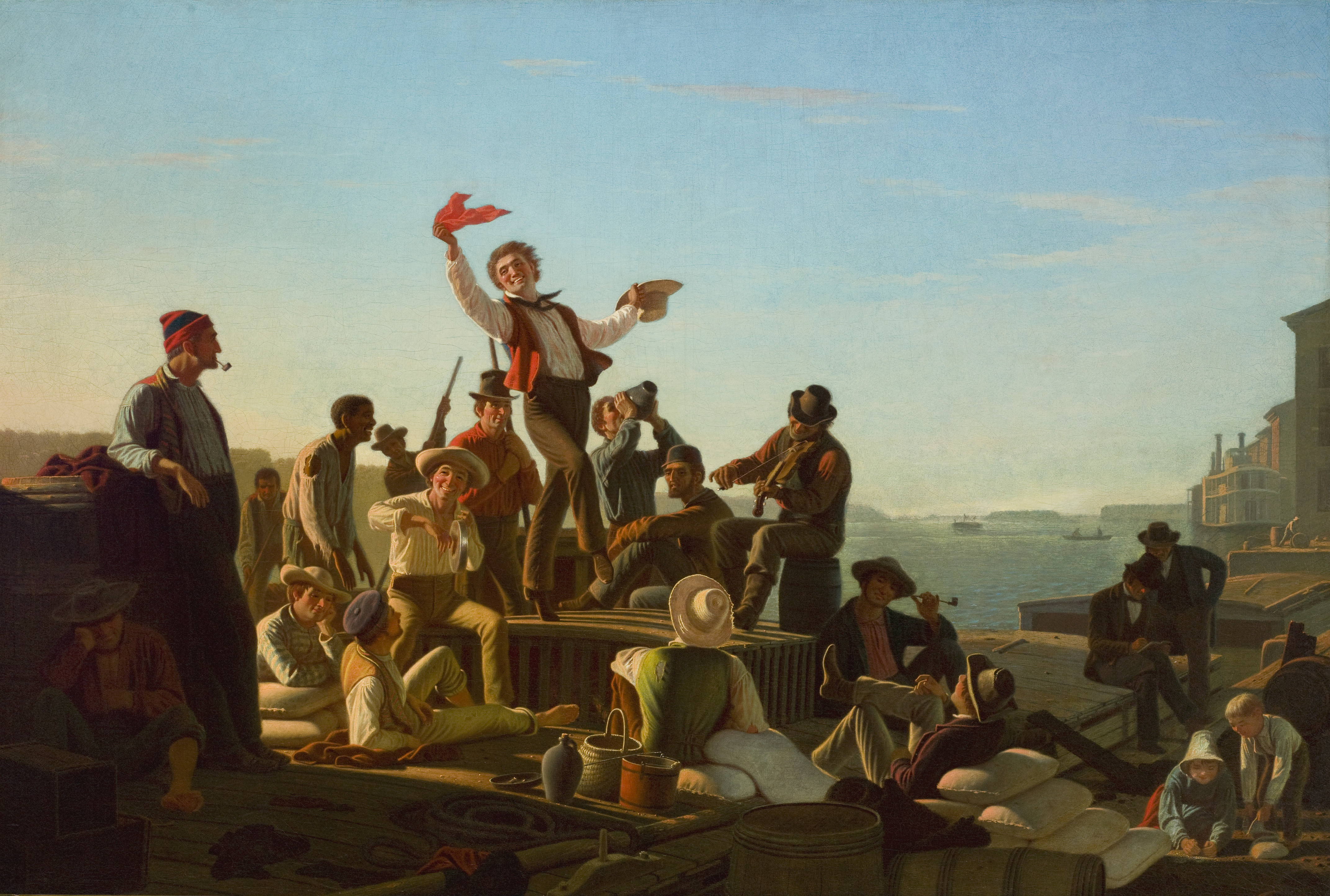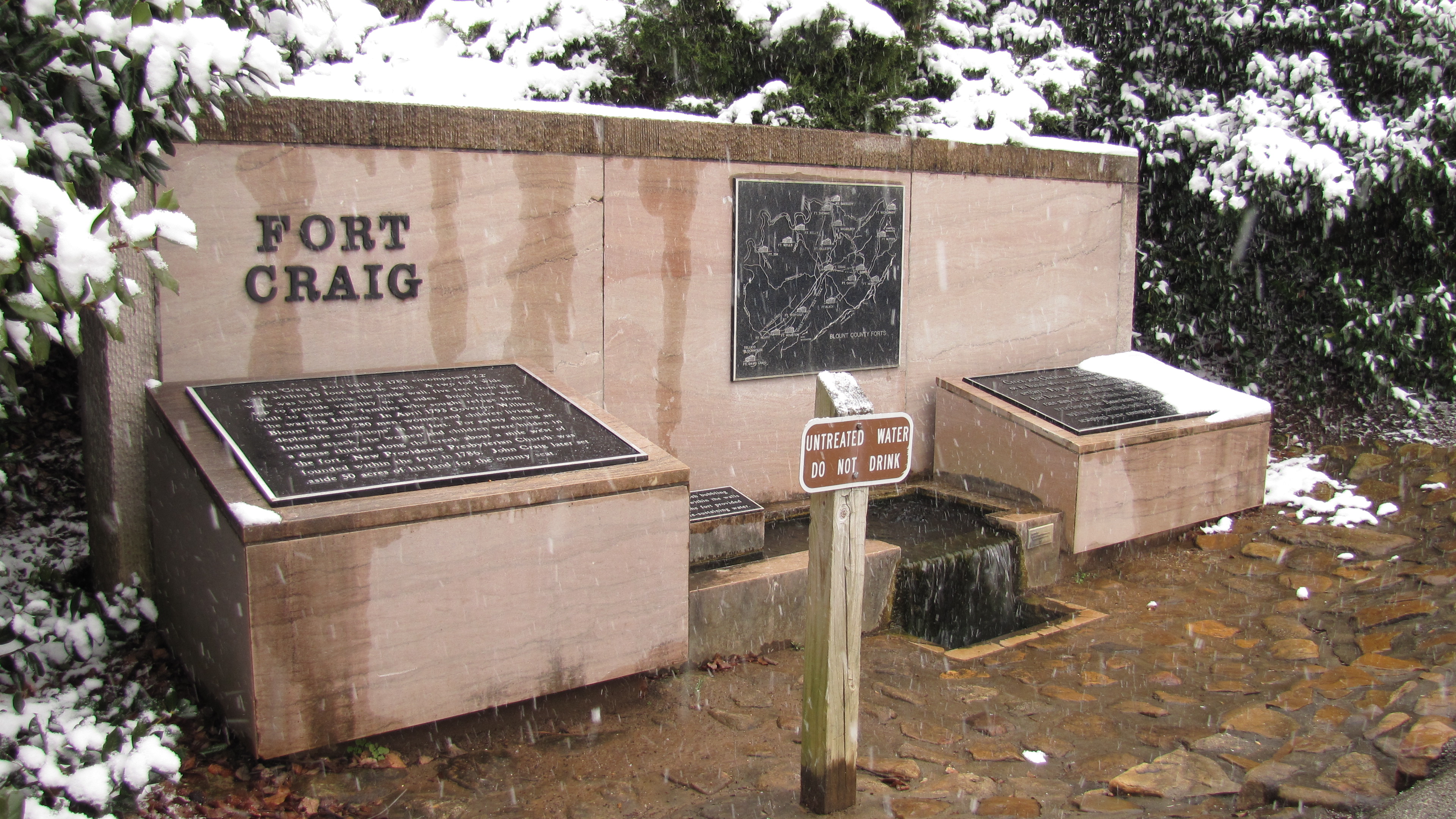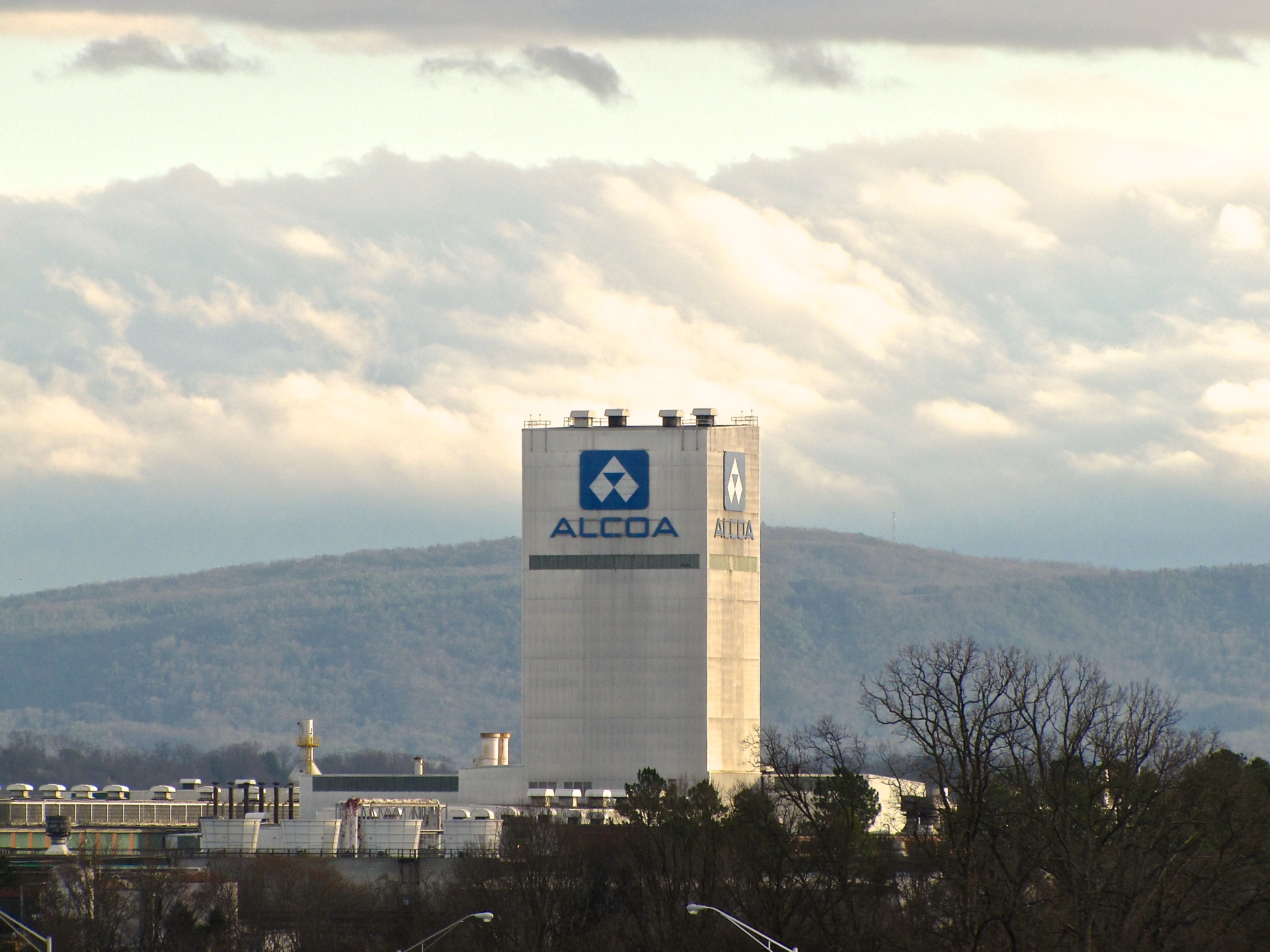|
Louisville, Tennessee
Louisville is a suburban town in Blount County, Tennessee, United States. Its population was 4,384 at the 2020 census and 2,439 at the 2010 census. It is included in the Knoxville, Tennessee Metropolitan Statistical Area. History The Louisville area was settled in the early 1800s, and its situation on the Tennessee River helped it grow into a key flatboat and steamboat port. It was incorporated in 1851. The town's namesake is unknown, although some have suggested that its name was influenced by the French King Louis Philippe, who visited the area in the late 1790s. ." Knoxville, Tennessee Community Guide, 2007. Retrieved: 29 December 2007. In 1974 Louisville's downtown was declared a national historic district by the |
Town
A town is a human settlement. Towns are generally larger than villages and smaller than cities, though the criteria to distinguish between them vary considerably in different parts of the world. Origin and use The word "town" shares an origin with the German word , the Dutch word , and the Old Norse . The original Proto-Germanic word, *''tūnan'', is thought to be an early borrowing from Proto-Celtic *''dūnom'' (cf. Old Irish , Welsh ). The original sense of the word in both Germanic and Celtic was that of a fortress or an enclosure. Cognates of ''town'' in many modern Germanic languages designate a fence or a hedge. In English and Dutch, the meaning of the word took on the sense of the space which these fences enclosed, and through which a track must run. In England, a town was a small community that could not afford or was not allowed to build walls or other larger fortifications, and built a palisade or stockade instead. In the Netherlands, this space was a garden, mor ... [...More Info...] [...Related Items...] OR: [Wikipedia] [Google] [Baidu] |
Flatboat
A flatboat (or broadhorn) was a rectangular flat-bottomed boat with square ends used to transport freight and passengers on inland waterways in the United States. The flatboat could be any size, but essentially it was a large, sturdy tub with a hull. A flatboat was almost always a one-way (downstream) vessel, and was usually dismantled for lumber when it reached its destination. Early history The flatboat trade first began in 1781, with Pennsylvania farmer Jacob Yoder building the first flatboat at Old Redstone Fort on the Monongahela River. Yoder's ancestors immigrated from Switzerland, where small barges called weidlings are still common today, having been used for hundreds of years to transport goods downriver. Yoder shipped flour down the Ohio River and Mississippi River to the port of New Orleans. Other flatboats would follow this model, using the current of the river to propel them to New Orleans where their final product could be shipped overseas. Through the an ... [...More Info...] [...Related Items...] OR: [Wikipedia] [Google] [Baidu] |
Asian (U
{{disambiguation ...
Asian may refer to: * Items from or related to the continent of Asia: ** Asian people, people in or descending from Asia ** Asian culture, the culture of the people from Asia ** Asian cuisine, food based on the style of food of the people from Asia ** Asian (cat), a cat breed similar to the Burmese but in a range of different coat colors and patterns * Asii (also Asiani), a historic Central Asian ethnic group mentioned in Roman-era writings * Asian option, a type of option contract in finance * Asyan, a village in Iran See also * * * East Asia * South Asia * Southeast Asia * Asiatic (other) Asiatic refers to something related to Asia. Asiatic may also refer to: * Asiatic style, a term in ancient stylistic criticism associated with Greek writers of Asia Minor * In the context of Ancient Egypt, beyond the borders of Egypt and the cont ... [...More Info...] [...Related Items...] OR: [Wikipedia] [Google] [Baidu] |
Native American (U
Native Americans or Native American may refer to: Ethnic groups * Indigenous peoples of the Americas, the pre-Columbian peoples of North and South America and their descendants * Native Americans in the United States * Indigenous peoples in Canada ** First Nations in Canada, Canadian indigenous peoples neither Inuit nor Métis ** Inuit, an indigenous people of the mainland and insular Bering Strait, northern coast, Labrador, Greenland, and Canadian Arctic Archipelago regions ** Métis in Canada, peoples of Canada originating from both indigenous (First Nations or Inuit) and European ancestry * Indigenous peoples of Costa Rica * Indigenous peoples of Mexico * Indigenous peoples of South America ** Indigenous peoples in Argentina ** Indigenous peoples in Bolivia ** Indigenous peoples in Brazil ** Indigenous peoples in Chile ** Indigenous peoples in Colombia ** Indigenous peoples in Ecuador ** Indigenous peoples in Peru ** Indigenous peoples in Suriname ** Indigenous peoples in ... [...More Info...] [...Related Items...] OR: [Wikipedia] [Google] [Baidu] |
African American (U
African Americans (also referred to as Black Americans and Afro-Americans) are an ethnic group consisting of Americans with partial or total ancestry from sub-Saharan Africa. The term "African American" generally denotes descendants of enslaved Africans who are from the United States. While some Black immigrants or their children may also come to identify as African-American, the majority of first generation immigrants do not, preferring to identify with their nation of origin. African Americans constitute the second largest racial group in the U.S. after White Americans, as well as the third largest ethnic group after Hispanic and Latino Americans. Most African Americans are descendants of enslaved people within the boundaries of the present United States. On average, African Americans are of West/ Central African with some European descent; some also have Native American and other ancestry. According to U.S. Census Bureau data, African immigrants generally do not ... [...More Info...] [...Related Items...] OR: [Wikipedia] [Google] [Baidu] |
White (U
White is the lightest color and is achromatic (having no hue). It is the color of objects such as snow, chalk, and milk, and is the opposite of black. White objects fully reflect and scatter all the visible wavelengths of light. White on television and computer screens is created by a mixture of red, blue, and green light. The color white can be given with white pigments, especially titanium dioxide. In ancient Egypt and ancient Rome, priestesses wore white as a symbol of purity, and Romans wore white togas as symbols of citizenship. In the Middle Ages and Renaissance a white unicorn symbolized chastity, and a white lamb sacrifice and purity. It was the royal color of the kings of France, and of the monarchist movement that opposed the Bolsheviks during the Russian Civil War (1917–1922). Greek and Roman temples were faced with white marble, and beginning in the 18th century, with the advent of neoclassical architecture, white became the most common color of new churches ... [...More Info...] [...Related Items...] OR: [Wikipedia] [Google] [Baidu] |
Fort Loudoun Lake
Fort Loudoun Lake is a reservoir in east Tennessee on the upper Tennessee River, extending about along the river upstream from Fort Loudoun Dam, at Lenoir City, to Knoxville. Fort Loudoun Reservoir takes its name from the 18th-century British fort built on a nearby site during the French and Indian War. The fort was named for John Campbell, the fourth Earl of Loudoun, commander of British forces in North America at the time. Fort Loudoun is a popular recreation destination, known for bass fishing, boating, and birdwatching. The tailwater area immediately below the dam is an excellent site for viewing a variety of waterbirds, including herons, cormorants, gulls, osprey, and bald eagles. The reservoir is connected by a short canal to Tellico Reservoir on the nearby Little Tennessee River. Water is diverted through the canal to Fort Loudoun for power production. The canal also offers commercial barges access to Tellico without the need for a lock. Barges passing throug ... [...More Info...] [...Related Items...] OR: [Wikipedia] [Google] [Baidu] |
Friendsville, Tennessee
Friendsville is a city in Blount County, Tennessee, United States. Its population was 890 at the 2000 census and 913 at the 2010 census. It is included in the Knoxville, Tennessee Metropolitan Statistical Area. History Friendsville was founded by Quakers from New Garden, North Carolina, who settled in the area in the 1790s. The town is still home to a Friends Meetinghouse. In 1854, a group of British Quaker elders stayed here whilst promoting the abolitionist cause with American leaders. During this visit, abolitionist leader William Forster died and was buried here. In the 19th century, the Quakers wielded considerable influence in Blount County, and were partially responsible for the abolitionist movements arising in the county in the years leading up to the Civil War. Along with nearby Greenback and possibly Cades Cove, Friendsville provided a stop on the Underground Railroad. A cave (since filled in) near the Friends Meetinghouse was stocked with provisions by Quakers such ... [...More Info...] [...Related Items...] OR: [Wikipedia] [Google] [Baidu] |
Tennessee State Route 333
State Route 333 (SR 333), is a south-to-north secondary highway in Blount County, Tennessee, that is long. Its southern terminus is with US 321 and near Friendsville, and its northern terminus is with US 129 in Alcoa. Route description SR 333 begins in Friendsville at an intersection with US 321/ SR 73 just southeast of downtown. It goes northwest as E Main Avenue to enter downtown, where it turns right onto N Farnum Street to pass through town before turning left onto Miser Station Road, where it leaves Friendsville and continues northeast. SR 133 continues through farmland and rural areas, where it turns left onto Quarry Road, before continuing northeast to pass through Louisville, where it has an intersection with SR 334, where it becomes Topside Road. SR 333 then has an interchange with I-140 (Exit 9) before continuing northeast to come to an end at an intersection with US 129/ SR 115. The entire route of SR 333 is a 2-lane highway and runs parallel to the south shore o ... [...More Info...] [...Related Items...] OR: [Wikipedia] [Google] [Baidu] |
Maryville, Tennessee
Maryville is a city in and the county seat of Blount County, Tennessee, and is a suburb of Knoxville. Its population was 31,907 at the 2020 census. It is included in the Knoxville Metropolitan Area and a short distance from popular tourist destinations such as the Great Smoky Mountains National Park, Dollywood, Gatlinburg, and Pigeon Forge. History When the first European explorers arrived in the area, they found the Great Indian Warpath, which ran along the route where the modern US-411 has been built. The trail was long used by the indigenous peoples of the area. A historic Cherokee village known as "Elajay" was situated at the confluence of Ellejoy Creek (named after the village) and the Little River. Its site was near the modern Heritage High School. Ensign Henry Timberlake passed through the village in 1762 while returning from his expedition to the Overhill villages to the west. He reported that it had been abandoned. In 1785, Revolutionary War veteran John Craig bu ... [...More Info...] [...Related Items...] OR: [Wikipedia] [Google] [Baidu] |
Alcoa, Tennessee
Alcoa is a city in Blount County, Tennessee, Blount County, Tennessee, United States, south of Knoxville, Tennessee, Knoxville. Its population was 10,978 at the 2020 United States census, 2020 census. It is part of the Knoxville, Tennessee Metropolitan Statistical Area. As its name suggests, Alcoa was the site of a large aluminum smelting plant owned and operated by the Alcoa corporation (Aluminum Company of America). Formerly known as North Maryville, the town was incorporated under its present name in 1919. History Early company town Shortly after the Pittsburgh Reduction Company changed its name to the Aluminum Company of America in 1907, the company began investigating the possibility of establishing a large smelting operation in East Tennessee. The hydroelectric potential of the Little Tennessee River, which exits the mountains about southwest of Alcoa, was one of the primary incentives, as the company's aluminum smelting operation would require massive amounts of electricit ... [...More Info...] [...Related Items...] OR: [Wikipedia] [Google] [Baidu] |
Tennessee State Route 334
State Route 334 (SR 334), also known as Louisville Road, is 2.5 mile long north-south state highway in Blount County, Tennessee. It serves as a connector between the town of Louisville and the city of Alcoa. Route description SR 334 begins in northern Alcoa at an intersection with SR 335 (W Hunt Road), where the road continues south as Louisville Road into downtown. It heads northwest through suburban areas before entering farmland while passing along the southern edge of McGhee Tyson Airport. The highway continues northwest through farmland to enter Louisville and come to a roundabout with Miser Station Road and Mentor Road. SR 334 continues northwest through neighborhoods before coming to an end at an intersection with SR 333 (Louisville Road/Topside Road). The entire route of SR 334 is a two-lane highway.https://www.tn.gov/content/dam/tn/tdot/maps/city-maps/city-maps-l-o/map-city-louisville.pdf Major intersections References {{reflist 334 __NOTOC__ Year 334 ( ... [...More Info...] [...Related Items...] OR: [Wikipedia] [Google] [Baidu] |
.jpg)





